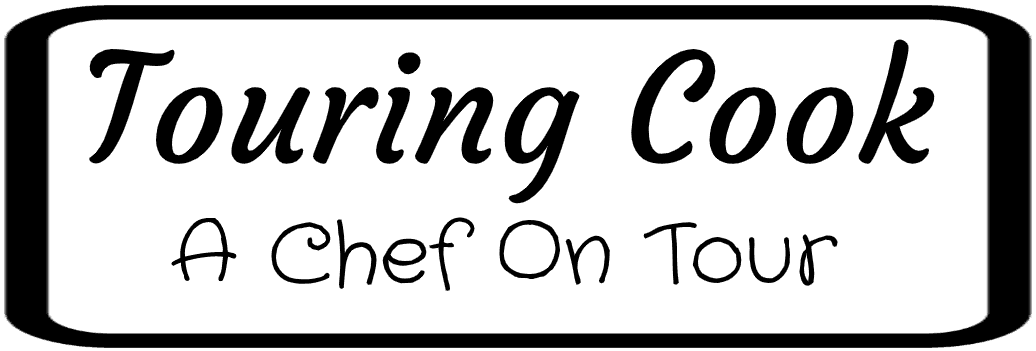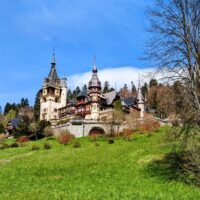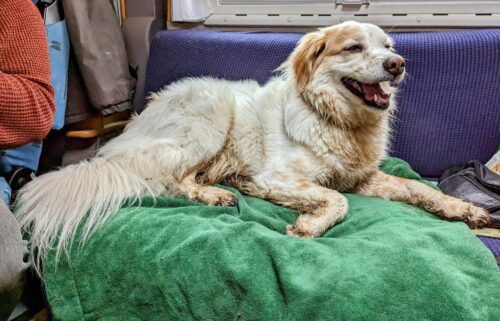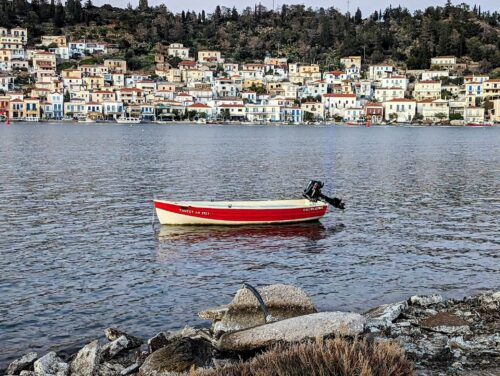This week we begin to explore Transylvania and everything it has to offer. Stunning Scenery, castles, fortified churches and so much more.
Disclosure: some of the links on this site are affiliate links. This means that at no additional cost to you I may earn a small commission if you click through and make a purchase. In addition, as an Amazon Associate, I earn from qualifying purchases.
The Detail:
Distance Covered: 292 miles
Financial: Fuel £60; Parking £9; Groceries £28; Alcohol £4; Laundry £23; Entrance Fees £23; Eating Out £50; Total £197
Stopovers: Piatra Craiului Mountains; Azuga; Timisu de Jos; Ricer Olt; Racos [2 nights]; Ghidut
Transylvania is a region in central Romania. It’s known for medieval towns, mountainous borders, and castles – probably the best known of which is Bran Castle, a Gothic fortress associated with the legend of Dracula. Away from the towns and cities, you find lush pastures, horse-drawn carts trotting along the tracks, Shepherds tending flocks of goats, sheep, and cows, and villagers tending to the land by hand. Transylvania has been described as the ‘last truly medieval landscape in Europe’.
Labor Day
Labor Day is a national public holiday in Romania so banks, public offices, and many private businesses are closed.
Labor Day in Romania was celebrated for the first time in 1890. It was a popular event associated with political propaganda during the Communist era. However, after the Romanian Revolution of 1989, Labor Day was toned down to simply being a day off work and a holiday marked with social events.
The May 1 holiday is also known as May Day, a celebration of spring and rebirth taking place in nature.
Bran Castle
Rasnov Citadel
Peles Castle
Cantacuzino Castle
Timisu de Jos
Brasov
Harman Fortified Church
Lacul Dumbrăvița
Feldioara
Racos Geological Complex
The Geological Complex of Racoş is an area comprising three separate volcanic phenomena in close proximity.
Sükösd-Bethlen Castle
That dirt track
Fortified church at Racosul de sus
Lake St. Ann
Some menu highlights from this week
Click on the picture for further information. If you would like recipes or further information let me know in the comments
As before, There is so much more we saw and did that I haven’t included here – you’ll just have to go see it for yourself!
I haven’t gone into great detail about anything in particular in this post, so if you would like me to expand on anything please leave a comment and I will endeavour to write another separate post on the topic.
Happy Motorhoming.
Hope You Enjoy!
Please leave us a comment!
























































































